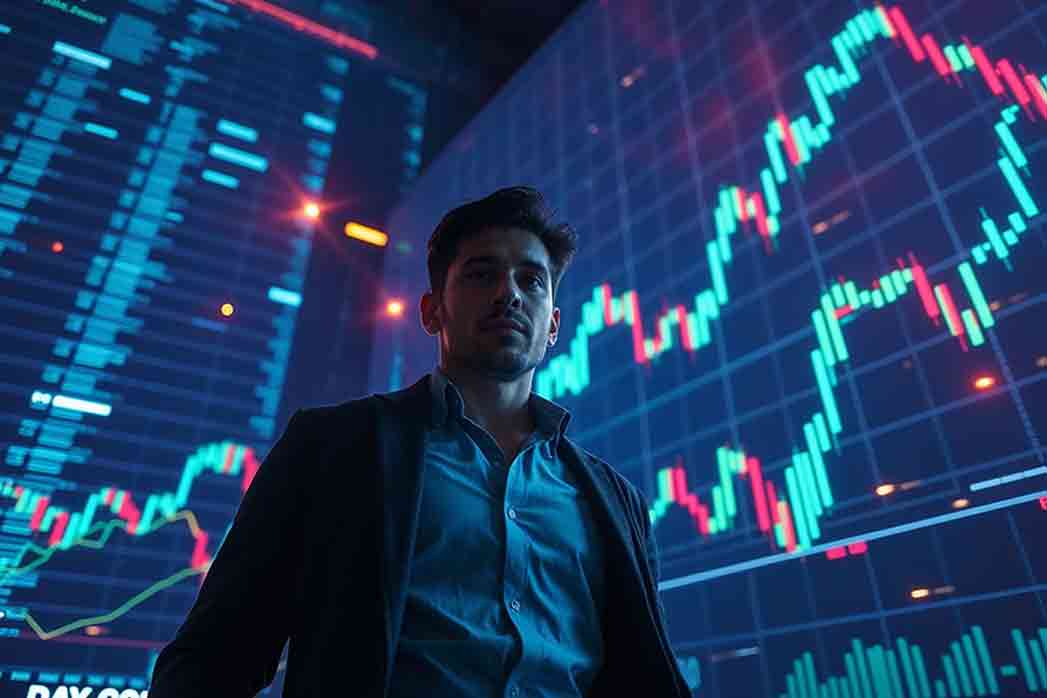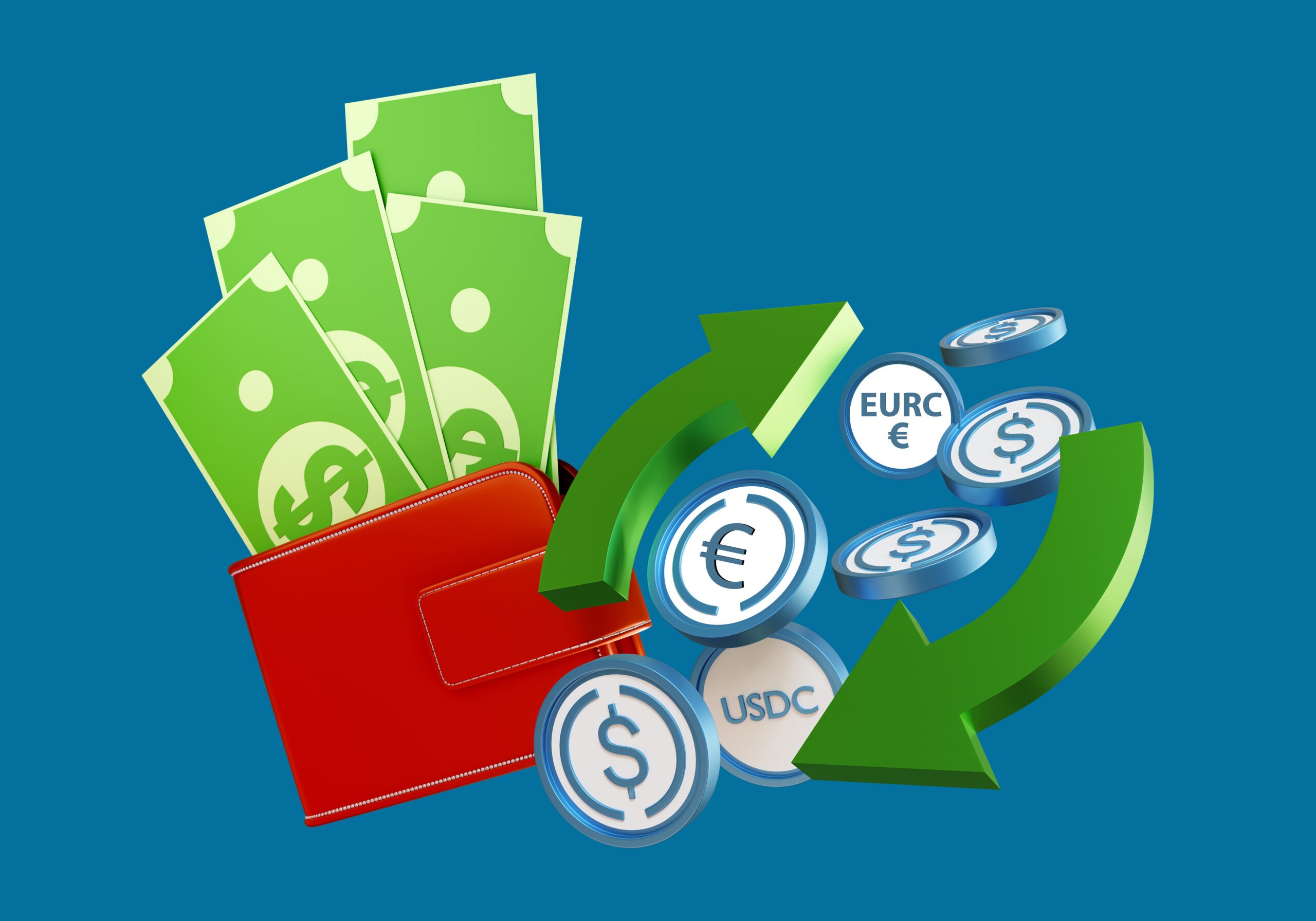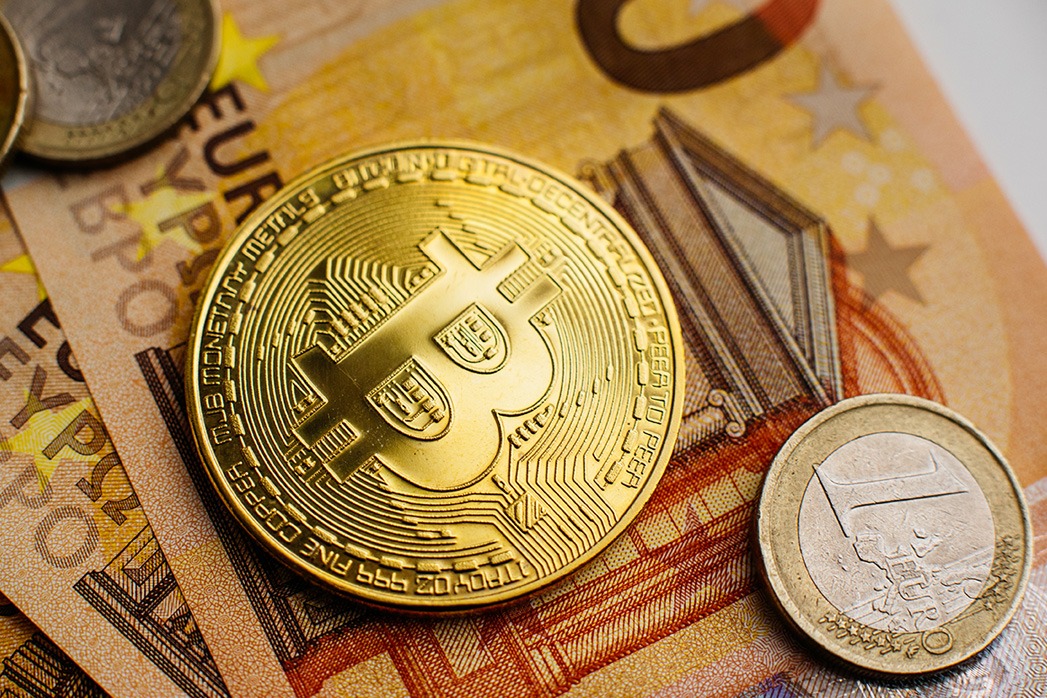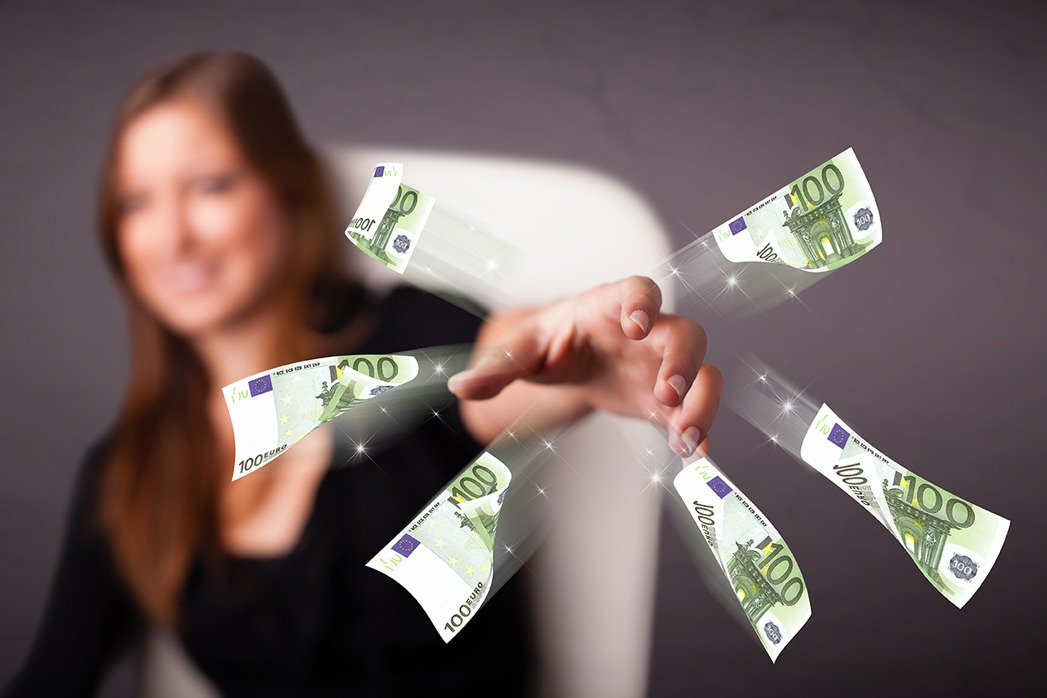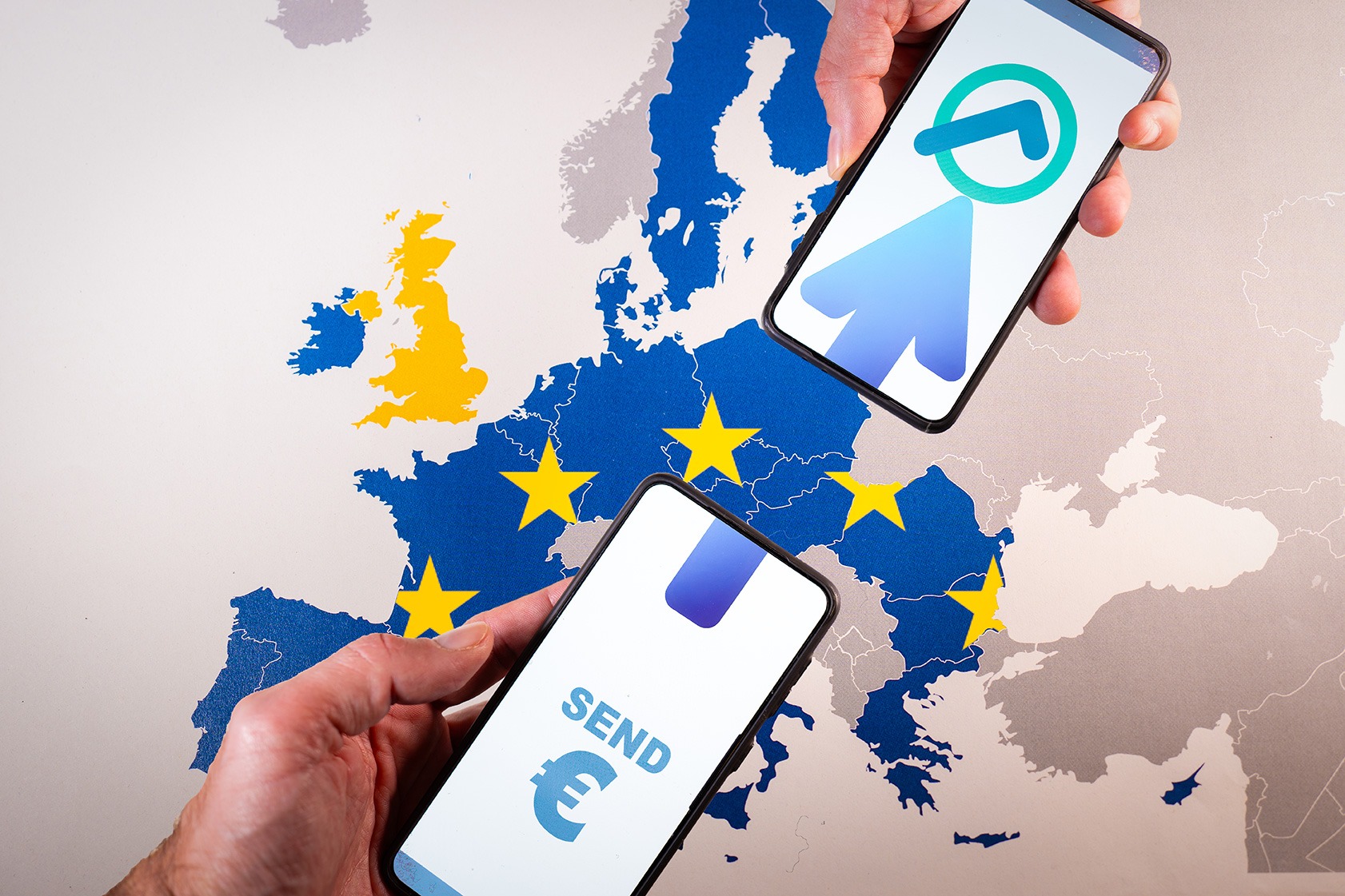Stablecoins Are the Most Successful Financial Innovation Nobody Wants to Admit They Depend On
“The most important systems are often invisible, until they stop working.” — DNA Crypto.
Stablecoins are everywhere.
They sit beneath crypto markets, cross-border payments, OTC desks and tokenised assets. They move billions daily, often unnoticed.
And yet, they are rarely discussed in terms of power.
Stablecoins are treated as plumbing… That is precisely why they matter.
Stablecoins Already Underpin the Digital Financial System
Stablecoins are no longer niche instruments. They serve as the settlement layer for a large share of the digital economy.
They underpin:
- – Centralised and decentralised crypto markets
- – Cross-border settlement and remittance flows
- – OTC trading desks and treasury operations
- – Tokenised assets and on-chain capital markets
DNACrypto has consistently framed this reality in Stablecoins and Stablecoins in Europe, where Stablecoins are not treated as alternatives but as infrastructure.
Their success is measured not by ideology but by usage.
Why Stablecoins Work
Stablecoins succeed for a simple reason.
They borrow trust from the existing financial system.
They rely on:
- – Bank-held reserves
- – Government securities
- – Regulated custodians
- – Legal redemption promises
This dependency allows them to feel familiar while operating at internet speed. This is why institutions tolerate them even when they distrust crypto broadly.
This balance is examined in Bitcoin versus Stablecoins, where Bitcoin removes trust entirely, whereas Stablecoins optimise around it.
The Fragility Beneath the Success
Stablecoins work until trust is questioned.
– Reserve opacity.
– Issuer solvency.
– Jurisdictional pressure.
– Redemption restrictions.
These are not hypothetical risks. They are structural ones.
DNACrypto addresses this fragility in Stablecoins after MiCA and the RLUSD Stablecoin, shifting the conversation from innovation to resilience.
Stablecoins do not fail gradually.
They fail suddenly when confidence breaks.
MiCA as a Recognition of Dependency
MiCA is not an attempt to suppress Stablecoins.
It is an admission of dependence.
European regulators recognise that Stablecoins already function as systemic infrastructure. MiCA seeks to formalise, supervise and contain that reality.
This regulatory pivot is explored in Euro Stablecoins Under MiCA, MiCA and Stablecoins and Stablecoins in Europe 2025.
Regulation arrives when a system becomes too important to ignore.
Why Nobody Wants to Talk About It
Stablecoins are uncomfortable.
They expose how much of crypto depends on traditional finance.
They blur the line between private innovation and public trust.
They force regulators to admit reliance before readiness.
This is why they are discussed quietly, operationally, and without fanfare.
Infrastructure rarely receives applause.
It only receives attention when it fails.
Where Stablecoins Sit Relative to Bitcoin
Bitcoin and Stablecoins are often grouped… They should not be.
Bitcoin exists outside trust dependencies… Stablecoins formalise them.
Bitcoin removes intermediaries… Stablecoins reorganise them.
This distinction matters, and DNACrypto has repeatedly highlighted it across Bitcoin Acts as Disaster-Proof Money and Bitcoin as Financial Infrastructure.
Both matter, but for different reasons.
The DNA Crypto View
Stablecoins are the most successful financial innovation of the digital era because they did not try to replace the system.
They integrated with it.
Their strength is also their weakness. They inherit trust, regulation, and fragility from the world to which they connect.
MiCA does not change that reality… It merely acknowledges it.
The future financial system will depend on Stablecoins, whether it admits it or not.
Image Source: Envato Stock
Disclaimer: This article is for informational purposes only and does not constitute legal, tax or investment advice.
Register today at DNACrypto.co

